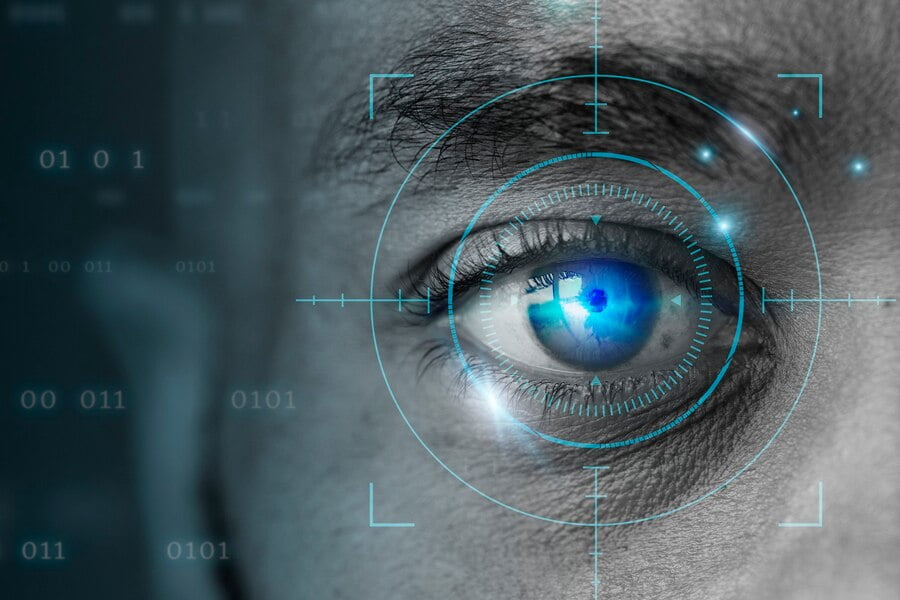In today’s era of rapid technological advancement, one field that has captured the imagination of researchers, engineers, and innovators alike is Computer Vision. This revolutionary branch of artificial intelligence (AI) empowers machines to interpret and understand the visual world, mimicking the human ability to perceive and analyze images and videos. In this comprehensive guide, we will delve deep into the realm of Computer Vision, exploring its fundamental principles, advanced algorithms, diverse applications, and prospects.
Understanding Computer Vision
At its core, Computer Vision is the science and technology of enabling computers to extract meaningful information from visual data, such as images and videos. It encompasses a wide range of tasks, including image recognition, object detection, image segmentation, and scene understanding. By leveraging machine learning algorithms and neural networks, Computer Vision systems can analyze and interpret visual inputs with remarkable accuracy and efficiency.
Foundations of Computer Vision
To grasp the intricacies of Computer Vision, it’s essential to understand the foundational concepts that underpin this field. This includes gaining insights into image formation and representation, image processing techniques such as filtering and edge detection, and the extraction of key visual features that facilitate higher-level analysis.
Deep Dive into Computer Vision Algorithms
Computer Vision algorithms play a pivotal role in enabling machines to perform complex visual tasks. From traditional methods like feature extraction and template matching to state-of-the-art deep learning techniques such as Convolutional Neural Networks (CNNs) and Generative Adversarial Networks (GANs), a myriad of algorithms exists to tackle various challenges in Computer Vision.
Advanced Topics in Computer Vision
As Computer Vision continues to evolve, researchers are pushing the boundaries of what’s possible in visual perception. Advanced topics like semantic segmentation, instance segmentation, and 3D reconstruction are paving the way for more sophisticated applications, including augmented reality, autonomous navigation, and medical imaging.
Applications of Computer Vision
The impact of Computer Vision spans across diverse domains, revolutionizing industries and transforming everyday experiences. In healthcare, Computer Vision aids in medical diagnosis and treatment planning, while in automotive, it enables the development of autonomous vehicles and advanced driver assistance systems. Other applications include retail analytics, surveillance systems, agriculture, and more.
Challenges and Future Directions
Despite its remarkable progress, Computer Vision still faces several challenges, including robustness to environmental variations, data privacy concerns, and ethical considerations. Addressing these challenges will be crucial in unlocking the full potential of Computer Vision and ensuring its responsible deployment in society.
Industry Insights
Across industries, organizations are harnessing the power of Computer Vision to drive innovation and gain a competitive edge. From tech giants like Google and Microsoft to startups and research institutions, a vibrant ecosystem of companies and experts is shaping the future of Computer Vision through groundbreaking research, product development, and real-world applications.
Getting Started with Computer Vision
For aspiring practitioners and enthusiasts looking to embark on their journey into Computer Vision, there are abundant resources available to support learning and skill development. Online courses, books, tutorials, and open-source libraries such as OpenCV, TensorFlow, and PyTorch provide invaluable learning opportunities and practical tools for building Computer Vision applications.
Conclusion:
In conclusion, Computer Vision represents a transformative force that is reshaping the way we perceive and interact with the world around us. By bridging the gap between the digital and physical realms, Computer Vision holds the promise of unlocking new possibilities in fields ranging from healthcare and transportation to entertainment and beyond. As we continue to unravel the mysteries of visual intelligence, the journey of discovery in Computer Vision is only just beginning.
